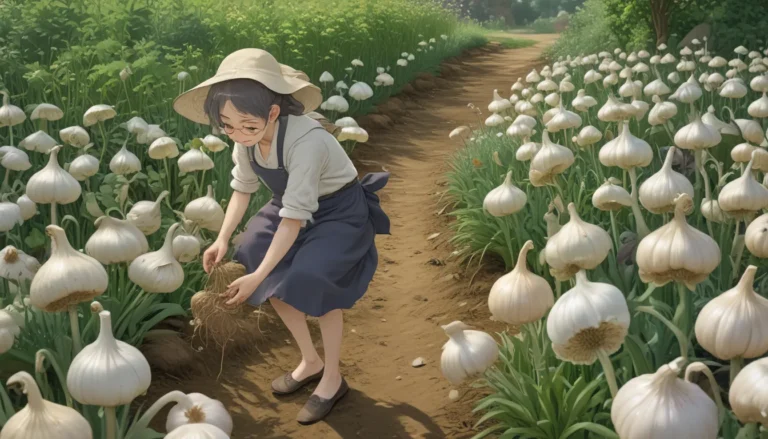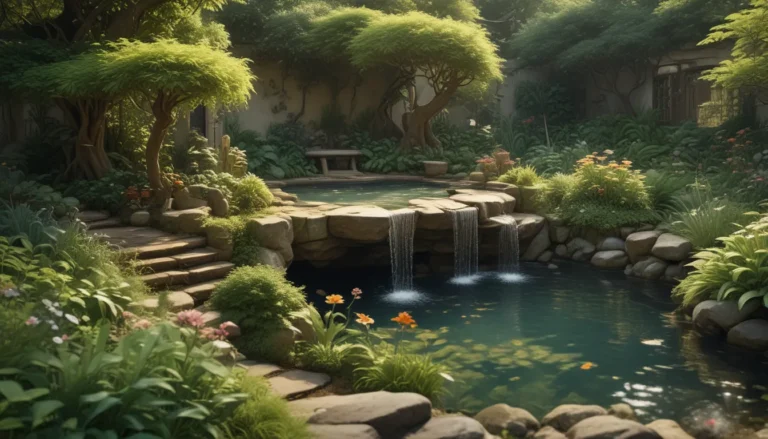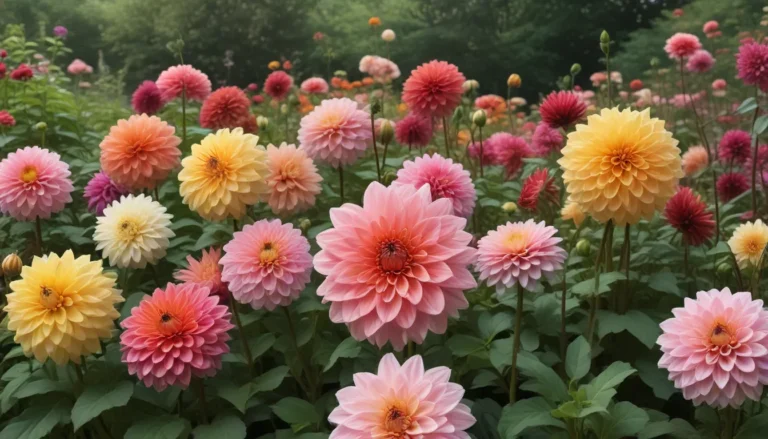The Ultimate Guide to Growing and Caring for Norway Maple Trees

Norway is not just known for Vikings and fjords; it has also made remarkable contributions to botany. One such contribution is the Svalbard Global Seed Vault, a seed bank in Norway storing seeds from over a million crops. In this diverse botanical realm, stands the Norway maple (Acer platanoides), renowned for its beauty, adaptability, and tolerance for various growing conditions.
If you’re considering cultivating a Norway maple in your landscape, you’re in for an epic journey that can be simplified by breaking it down into manageable steps. From cultivation and propagation to growing tips and pest management, this comprehensive guide covers all aspects of growing and caring for Norway maples.
Cultivation and History
This hardy tree, native to central and eastern Europe and western Asia, flourishes best in USDA Zones 4 to 7. Introduced to the United States in 1756, Norway maples have gained popularity despite being classified as invasive in some regions. Cultivars have been bred to enhance desirable traits, making them a favorite choice for furniture and flooring production.
Propagation
Norway maples can be propagated from seed, cuttings, or transplants. If you opt for seeding, prepare to collect samaras in September or October and cold stratify them indoors or outdoors. Cuttings can also be taken from healthy shoots in midsummer and rooted with the help of a rooting hormone.
Transplanting in early spring or fall requires selecting the healthiest seedlings or rooted cuttings for planting in well-draining soil. Follow proper planting procedures to ensure successful establishment.
How to Grow
Despite its resilience to harsh conditions, a Norway maple benefits from attention to ideal growing conditions. Providing full sun or partial shade, fertile, well-draining soil, and even moisture will reward you with vibrant health and vigor.
Growing Tips
- Tolerates full shade but prefers full sun or partial shade.
- Can thrive in various soil textures and fertility levels.
- Maintain soil moisture but benefit from drought tolerance.
Pruning and Maintenance
Regular pruning and maintenance will keep your Norway maple healthy and contained. Vigilance against invasive growth tendencies, frost cracking, volunteer sprouts, and proper pruning techniques will ensure your tree’s long-term health.
Cultivars to Select
While the standard A. platanoides is a classic choice, consider a range of cultivars like ‘Crimson King’, ‘Crimson Sentry’, ‘Globosum’, and ‘Stand Fast’ for unique ornamental traits. These cultivars offer a variety of sizes and colors to fit different landscaping needs.
Managing Pests and Disease
Preventing pests and diseases through proper care practices is essential for maintaining a healthy Norway maple. Watch out for pests like bagworms, leafrollers, and Norway maple aphids, and diseases such as anthracnose, tar spot, and verticillium wilt. Effective control methods include beneficial insects and targeted treatments.
Best Uses
Norway maples are ideal for large open spaces, providing ample shade and visual interest. With quick growth rates, pollution resistance, and adaptability to urban environments, they are a versatile choice for varied landscapes.
Quick Reference Growing Guide
- Plant Type: Deciduous shade tree
- Native to: Central and eastern Europe, western Asia
- Hardiness (USDA Zone): 4-7
- Water Needs: Moderate
- Exposure: Full sun to partial shade
- Soil Type: Fertile, various textures
- Growth Rate: 12-18 inches per year
- Height: 40-60 feet
- Spread: 30-60 feet
- Common Pests and Disease: Bagworms, leafrollers, Norway maple aphids; Anthracnose, tar spot, Verticillium wilt
The Maple from Norway: It’s Here to Stay
While non-native plants may raise concerns, responsible cultivation practices and compliance with local regulations can mitigate invasive tendencies. Embrace the exotic beauty and resilience of Norway maples in your garden while maintaining ecological balance.
Your experience with A. platanoides can enrich the gardening community, so feel free to share your insights in the comments. For more maple tree guides and varieties, explore additional Acer articles for comprehensive information.
In conclusion, cultivating a Norway maple requires attention to detail, commitment to ideal growing conditions, and proactive pest and disease management. By following these guidelines, you can enjoy the beauty and benefits of this exceptional tree in your landscape. Happy gardening!
Incorporating valuable insights and expanding on the original article, this comprehensive guide offers practical tips and detailed information to enhance readers’ understanding of growing and caring for Norway maple trees. Through an educational and conversational approach, this article aims to empower readers with the knowledge needed to cultivate successful Norway maple specimens in their home landscape.





